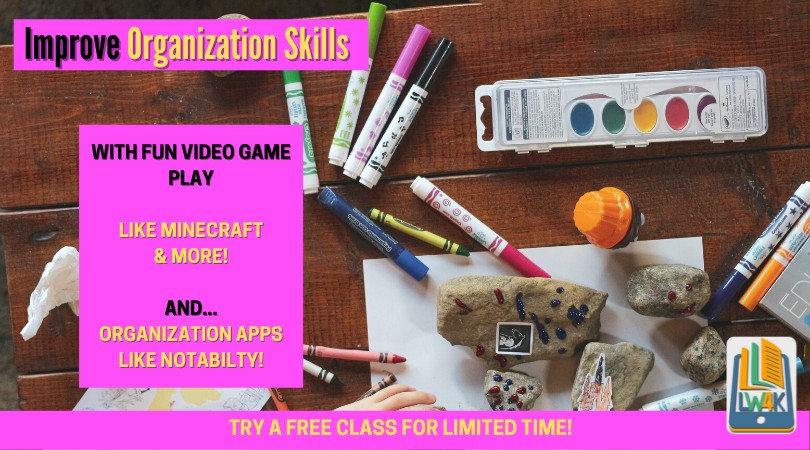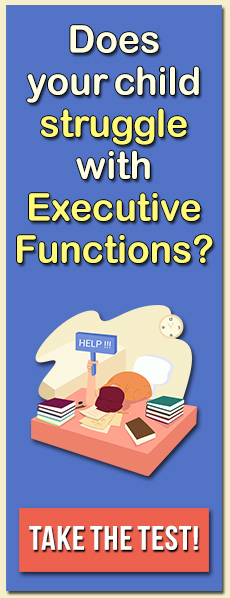Widespread accessibility in technology is something that has only very recently been thought about in the general public. This extends to gaming as well. So what does being ‘accessible’ even mean? How does that relate to gaming? Why is it important?
Accessibility is the idea of making as many popular and widespread activities, places, and facets of modern living as open and usable to as many people as possible. Accessibility is about hearing from all types of people and actually having a meaningful conversation with them about their needs and then physically implementing systems that allow their needs to be met. Think about wheelchair accessible buildings; they have ramps, easily accessed elevators, wider doorways and thresholds, lower tables; etc. Anything that would make their navigation easier, an accessible building will have. This practice of accessibility is incredibly important. Not only does it combat the idea that physically able-bodies are more important than others (ableism), it allows for society to be enriched and ensures that everyone ‘has a seat at the table’. This idea extends to all people, for example, people of different mental capacities, the deaf or blind, people with motor impairments, people with learning disabilities, people with other physical impairments, etc. Some more information about accessibility can be found here.
Similar to the idea of widespread accessibility is the idea of ‘universal design’. What this means is that instead of initially designing products to only suit a small fraction of people (the able-bodied), products should be initially designed to suit everyone (or as many people as feasibly possible). Universal design further drives home the fact that able-bodied individuals as well as disabled individuals deserve the same, respectful and kind treatment. This idea is slowly but surely becoming more and more popular in mainstream culture and product design.
So what does this have to do with gaming and how does it relate to your child? Well, as we have discussed in past posts, gaming is an incredibly important facet of many young children’s lives these days. Often, online games are one of the major ways friends and family get together and have fun. They allow for your child to develop extremely important skills such as executive functioning, confidence, creativity, etc. and give your child the chance to be in control. Sadly, accessibility is often overlooked in this arena. Games simply are not often being made with disabled people in mind, which leads to the inevitable self-isolation that many people are already facing.
Imagine that gaming is your only opportunity to present the same as everyone else and to have the same abilities as everyone else because, in school, you are constantly teased and left out of fun activities because they are not accessible to you. Gaming now becomes incredibly important. Being disabled in an able-bodied world is isolating; gaming would be a wonderful way of allowing people of all kinds to connect and share similar interests if it was more accessible and universally designed. If your child has a disability, gaming might be a great way for them to connect with others! If your child does not have a disability, they will also benefit from the universal design of online games. Many companies are working very hard to make their games more accessible, but there still is a very long way to go. Some issues that are currently being here:
Here is a list of some games that are widely available and thought to be generally accessible:
Accessibility Maze (Not Rated) – designed to give players a peek into what navigating the world as a disabled individual can be like.
Uncharted 4 (T for Teen)– extensive play options.
The Last of Us Part II (M for Mature) – extensive play options
A Blind Legend (T for Teen)– completely play-able without visuals; only relies on sound and some sort of input (mouse, touchscreen, etc.)
Ratchet and Clank: Rift Apart (E for Everyone 10+)– extensive play options such as color shaders, guards, etc.
Overland (E for Everyone 10+)– OpenDyslexic font type that makes reading dialogue much easier for those with dyslexia.
Forza Horizon 5 (E for Everyone)– ASL/BSL interpreters, high contrast menus, game play speed
Super Mario Odyssey (E for Everyone)– High Color and Texture contrasts, assist modes
So, why is all this important? Gaming accessibility allows for everyone to be involved in educational play. Universal design is tailored to suiting everyone, making the game better for every single player, including your child! They may enjoy many of the accessibility features even though they may not have a disability! If your child is disabled, gaming gives them a chance to enjoy playing with friends in a way that could be just as accessible to them as it is to their friends, which is an incredibly special thing; it harbors confidence and a positive self-image! We still have a very long way to go, but hopefully one day soon, all games will be designed universally and all gamers will have the opportunity to play! To learn more about which games feature accessibility options, please click here.
What accessibility features would you like to see in the games your child plays? Let us know in the comments below!



